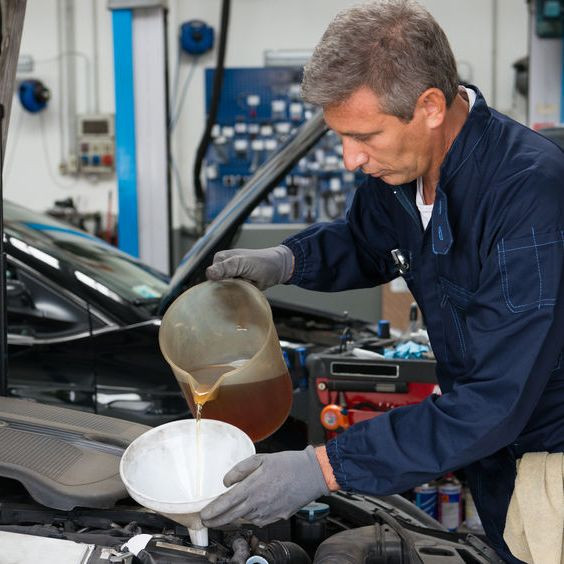Introduction
Regular car maintenance is essential to keep your vehicle running smoothly and safely. While some tasks are best left to professional mechanics, there are several basic maintenance procedures you can learn to do yourself. In this blog post, we'll walk you through practical advice on three critical aspects of car maintenance: oil changes, tire rotations, and brake inspections. Plus, we'll introduce you to valuable resources on our website, Get Drivers Ed, to help you become a more confident car owner.
1. Oil Changes
Regular oil changes are vital to ensure your engine operates efficiently and lasts longer. Here's how you can perform an oil change:
Tools and Materials Needed:
New oil and filter (check your vehicle's manual for specifications)
Oil filter wrench
Drain pan
Wrench or socket set
Funnel
Oil filter gasket
Steps:
Safety First: Ensure your car is parked on a level surface with the engine turned off and cooled down.
Locate the Drain Plug: Position the drain pan under the oil pan, then use a wrench or socket set to remove the oil drain plug. Allow the old oil to drain completely.
Replace the Oil Filter: Use an oil filter wrench to remove the old oil filter. Before installing the new one, lubricate the rubber gasket with a bit of fresh oil.
Add New Oil: Insert a funnel into the oil filler cap and add the recommended amount of new oil. Check the level with the dipstick to ensure it's within the recommended range.
Dispose of Old Oil Responsibly: Take the used oil and filter to a recycling center for proper disposal.
2. Tire Rotations
Regular tire rotations help ensure even wear on your tires, extending their lifespan and improving vehicle stability. Here's how to perform a basic tire rotation:
Tools Needed:
Car jack
Jack stands (for safety)
Lug wrench
Torque wrench
Wheel chocks
Steps:
Safety First: Ensure the car is parked on a level surface, the engine is off, and the parking brake is engaged.
Loosen Lug Nuts: Use the lug wrench to slightly loosen the lug nuts on all four wheels, but do not remove them yet.
Jack the Car: Use the car jack to lift one corner of the car at a time. Place jack stands for added safety.
Rotate the Tires: Swap the front and rear tires on the same side. For example, move the front left tire to the rear left position and vice versa. Repeat this for the other side.
Tighten Lug Nuts: Lower the car with the jack, remove the jack stands, and use the torque wrench to tighten the lug nuts to the manufacturer's specifications in a star pattern.
3. Brake Inspections
Regular brake inspections are crucial for your safety. Here's how to perform a basic brake inspection:
Tools Needed:
Jack and jack stands
Lug wrench
Flashlight
Brake pad thickness gauge (optional)
Steps:
Safety First: Ensure the car is safely jacked up with jack stands securely in place.
Inspect Brake Pads: Use the flashlight to examine the brake pads through the wheel spokes. Look for signs of wear. If your car has a brake pad thickness gauge, use it to measure the pad thickness.
Check Brake Rotors: Inspect the brake rotors for grooves, cracks, or scoring. Replace them if they are damaged.
Brake Fluid Inspection: Check the brake fluid level in the reservoir. If it's low, top it up with the recommended brake fluid type.
Reassemble: Lower the car, remove the jack stands, and re-tighten the lug nuts.
Get Drivers Ed: Your Trusted Resource for Car Maintenance
To become a more confident car owner and learn additional maintenance tips and techniques, explore the resources available on Get Drivers Ed. We offer comprehensive courses and guides to help you master the basics of car maintenance and become a safer and more knowledgeable driver.
Conclusion
Basic car maintenance doesn't have to be intimidating. By following the practical advice outlined in this blog post and accessing the wealth of information on Get Drivers Ed, you can take control of your vehicle's health, save money on repairs, and ensure safer travels on the road. Remember, regular maintenance is the key to a longer-lasting and trouble-free car ownership experience.
Get Drivers Ed and pave your path to safe, informed, and responsible driving. Your journey begins here!
Visit our website now: Get Drivers Ed

